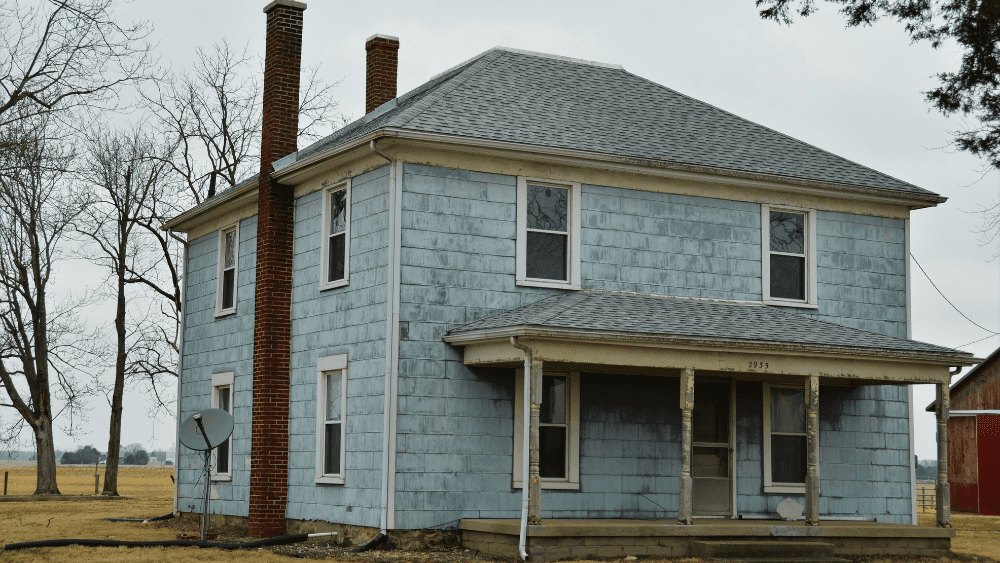
Buyers compare house prices like private eyes doing their best detective work, leaving no stone unturned in their sleuthing. They know exactly what they can get for their money down to the dollar, square footage, and number of beds and baths, which puts pressure on you as a seller to hit the pricing sweet spot. That’s why real estate agents do a full-blown comparative market analysis (CMA) of similar, nearby properties—what better way to price your home than to size up the competition? But it’s not as easy as drawing a circle around your house and checking out various Zestimates. A bad analysis could lead to a big swing and a miss. Don’t put a snag in your home sale from the very first step with sloppy guesswork—use these insider tips we compiled from top real estate agents who never price a home without first doing rigorous research to compare home prices on a hyperlocal level. When you set out to price your home accurately, you need to identify what’s called its “fair market value,” which is how much buyers will be willing to pay for the house based on its characteristics and the state of the local real estate market. Fast forward to escrow, and a home appraiser will come in to give their opinion of the home’s value (based on their extensive training valuing homes and ideally years of experience in your area) on behalf of the mortgage lender financing the home. If the appraiser finds that the home’s fair market value is less than the price the buyers agreed to pay, the buyers can negotiate the price down or back out of the sale. For this reason, from day 1, you want to take a measured, scientific approach to compare house prices while adjusting for all the variables that could throw your analysis off, so you’re not blindsided by a pricing reality check later on. Use these pro tips from top real estate agents to compare house prices in your area: The biggest challenge you’ll face as you compare house prices? Selecting the right pool of properties for your analysis. For this process to work, you have to identify the homes most similar to yours in location, size, structure, and more. Location is a crucial factor. As your search area grows, home prices will fluctuate and make it harder to pinpoint whether your home is worth more or less. “If you go across a busy street, a set of railroad tracks, a creek, everything can change,” says Carl Medford, a top-selling real estate agent in Fremont, California who’s sold 81% more properties than the average agent in the area. Instead, you’ll want to look at houses within your exact neighborhood, which might be a thin North-to-South strip, zigzag based on the road or waterway layout, or otherwise, fall outside the boundaries of a neat radius. Here are the other key factors to consider when selecting properties for comparison purposes: You also want to look at homes that are similar to yours in structure and style—think split-level, versus two-story, versus ranch. “You really have to compare apples to apples. So if I’m looking at a single-level property I make sure that the other homes that are in my comparative market analysis are also single-level,” says Mary Jo Santistevan, a top performing real estate agent in Phoenix, Arizona who sells 81% more properties than the average area agent. If a house has minor differences, you can still compare the price with yours. Just remember that you might have to add or subtract value for those items in question. Homes with cosmetic updates and added amenities (like a pool, for instance) can still be part of your comparison, but you should adjust the price accordingly. A well-maintained in-ground pool could increase your home’s value by up to 7%. “If my subject property has a pool, I can use a comp that doesn’t have a pool. Appraisers will look at slight differences and make an adjustment upwards or downwards,” she adds. So, if the closest comparison to your home doesn’t have all of the amenities that your home does, you can justifiably price your house for a bit more because that’s what a home appraiser would do, too. But before you try to set your home apart from the competition with fancy renovations, make sure the updates are actually worth the cost. The square footage of your home is a major factor when determining its value. Buyers want to know how much space they’re getting for their buck! According to the National Association of Realtors’ 2019 Home Buyer and Seller Generational Trends survey, the typical home purchased in the last year was 1,900 square feet, and buyers between the age of 39 and 53 years old typically bought homes larger than the average. “An appraiser would stay within 10%-20% square footage [when comparing other homes to yours],” says Santistevan. In the same vein, you can use the 10%-20% square footage rule as you select comparable homes to review in your neighborhood. Beyond the floor space between the home’s walls, it’s best if you can pick properties similar to yours in total lot size—accounting for all that outdoor square footage, too. This includes your yard and any land that is rightfully within your property lines. If you don’t know your home’s total square footage, you can figure it out with a piece of paper, pencil, and measuring tape. Even if your house is exactly the same as every other house around, if it backs up to a waste facility, it’ll sell for less than the others. Look at everything that surrounds your house and houses similar to yours. “You have to see if it’s impacted by some sort of external factor that you can’t control like an airport, interstate or railroad tracks,” says Chris Carter, top-selling agent in Lee Summit, Missouri, who sells 78% more homes than the average area agent. Some external factors that could decrease your home’s value are: On the other hand, there are some location factors that increase home value: According to Santistevan, an appraiser looks at listings that were sold within three to six months. Active listings are not an accurate comparison for list price—and for good reason. “Let’s just say I tell a seller that I think their home is worth about $300,000 and they tell me, ‘My neighbor’s listed for $375,000.’ Well, your neighbor hasn’t sold yet. So I make sure that they understand active comps are competition. Sold comps, which is where an appraiser goes by, is what we have to focus on,” Santistevan says. You can find recently sold homes in your area through a quick search on various real estate listings websites. Here’s a quick way to do it: Voila! You now have access to view the recently sold homes like yours! To refine your results further, search on multiple different listing sites to find homes that may not be listed certain places. Keep tabs on your local real estate market and home sale trends in your area to help you determine the right asking price for your home. Track these real estate market factors to stay up to date on the comparable homes in your area:Pro tips to compare house prices from top real estate agents
1. Compare “apples to apples” across the board: location, beds, baths, and more.
2. Account for square footage inside and outside the home.
3. Take note of the surrounding areas of the house.
4. Filter your search to only include recently sold homes (not active listings).
5. Know your local market and stay up to date on current real estate trends.



